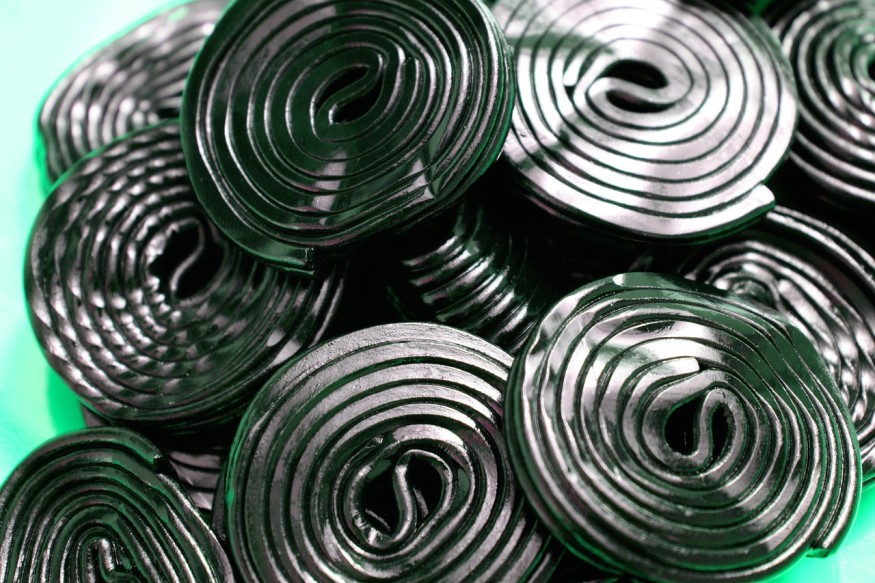Halloween is coming and it is time for kids to trick or treat around their neighborhood. Licorice candy is one of those sweets that people have a love-or-hate relationship with that inspires intense opinions of whether it is healthy or unhealthy to eat.
Cardiologist Dr. Christopher Newton-Cheh from Massachusetts General Hospital and Harvard Medical School in Boston said that eating lots of black licorice can cause complications that are "acutely life-threatening." Of course, eating one or two pieces of licorice is not a problem, but too much of it is also not good. So before eating them, it is important to know the dangers of overindulging oneself in licorice candy.

Where Does Licorice Candy Come From?
Although most candies are made from sugar and artificial ingredients, black licorice is made from a herbal component. It came from the licorice root of the plant Glycyrrhiza glabra. Per Britannica Encyclopedia, this plant is native to southern Europe and is part of a legume family.
The licorice root extract is what gives the candy its distinct herbal flavor that people either love or hate. The extract is mixed with sugar and a binder to make the candy sold in stores.
According to a paper published in the Journal of Ethnopharmacology, licorice root is used for various purposes in England since prehistoric times. They were also made into various alcoholic drinks as people have gotten quite creative with licorice-flavored liquors.
The National Center for Complementary and Integrative Health wrote on its website that licorice is cultivated throughout Europe, Asia, and the Middle as it is used as a flavoring in candy, beverages, tobacco products, and other foods. Today, licorice root is promoted as a dietary supplement, lozenge, and an ingredient for topical use.
READ ALSO : Glycyrrhiza Glabra Extract: Famous Licorice Sweet Treat Could Cure Dark Spots, Dermatologists Said
Why Too Much Licorice Candy Is Bad?
Too much eating of black licorice can significantly lower the body's potassium levels, the American Heart Association (AHA) warns. Potassium is important for heart health and reduced levels can lead to problems, like abnormal heart rhythms and congestive heart failure, or worse.
A case of a man in 2019 reveals how the consumption of lots of licorice can affect a person's health. His case was published in the New England Journal of Medicine, wherein he was described as a 54-year-old man with a habit of eating one or two bags of red licorice every day.
But in just three weeks since switching to black licorice, the man died as a result of brain injury because responders had a hard time shocking his heart back to a normal rhythm. Doctors identified it as a result of low potassium levels.
The results of eating too much black licorice may not be immediate and drastic, but the glycyrrhizin chemical in it could lead to long-term heart problems that caused the body to retain sodium, resulting in higher blood pressure.
The Food and Drug Administration (FDA) encourages consuming black licorice in moderation, warning that people 40 years old and above who eat 2 ounces of black licorice a day for at least two weeks could land in the hospital for heart arrhythmia or irregular heartbeat.
RELATED ARTICLE: Construction Worker Dies After Eating Bags of Licorice for Weeks
Check out more news information about Heart Health only on Science Times.












